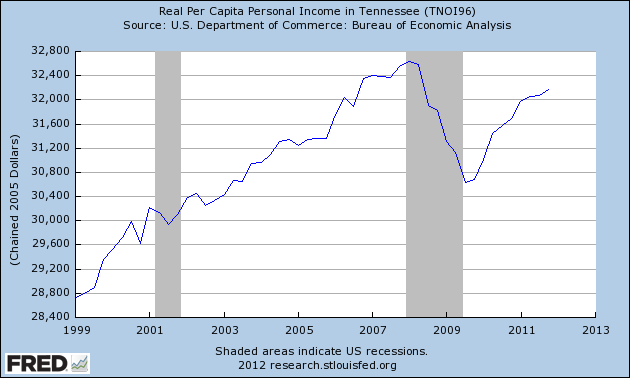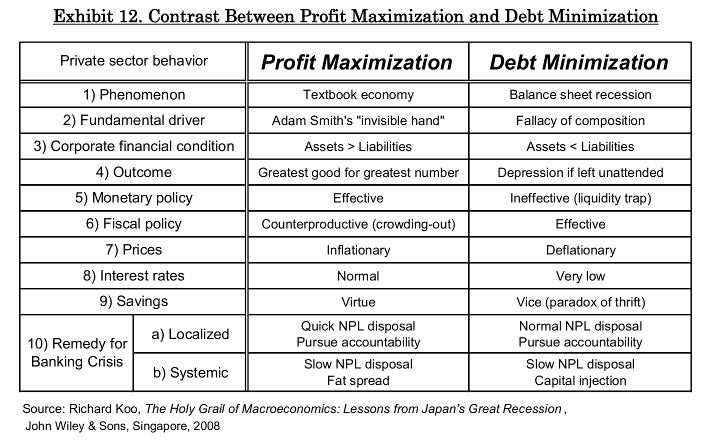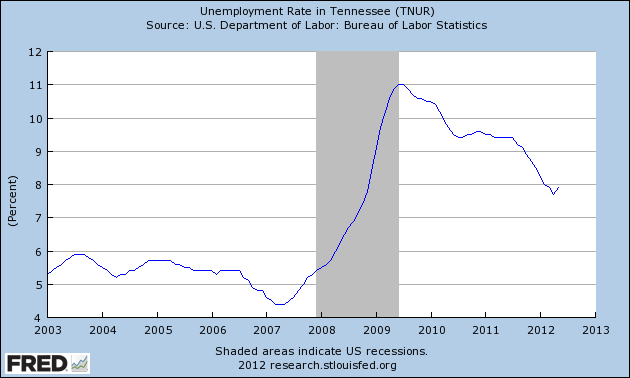Since the primary election is almost here, I wanted to forgo another question, and instead dig into the candidate’s finances a bit, as they tell us interesting stuff about the candidate that they normally don’t go out of their way to advertise. I will (probably) be adding more to this.
If you would like to play with them yourself (and I know you all do…), click here for the Tennessee PAC database.
Notable stuff:
- Unique among candidates, Mary Littleton has accepted $10,800 in PAC and party money:
- $7,000 (Leaders of Tennessee)
- $1,400 (Harwell PAC)
- $1,000 (Barley Republican Group)
- $500 (Frog-Jump PAC)
- $500 (Joe PAC)
- $250 (State Rep Steven Daniels of Jackson, TN)
- $150 (District Rep of Congressman Fincher from Jackson, TN)
In particular, “Leaders of Tennessee” is a PAC which has raised eyebrows before for some of its practices. Call me crazy, but I prefer it when candidates are elected by voters, not outside interests with mountains of cash.
- Kirk Low has loaned his campaign $81,900. This is by far the largest pile of money, almost as much as the other 9 candidates combined. Why is he self-funding so much? Despite his pile of cash, he has 0 other contributors, which also begs the question why not?
Top 5 candidates with the most campaign contributors (excluding themselves and close family members with same last name).
Mary Littleton (R, Dickson): 38 Donnie Kemp (R, Ashland City): 15 Jane R. Crisp (D, Pegram): 14 Linda Hayes (D, White Bluff): 14 Gary Allen Binkley (R, Ashland City): 12
Top 5 candidates with most money to spend:
Kirk Low (R, Pleasant View): $81,900 Mary Littleton (R, Dickson): $32,220 Donnie Kemp (R, Ashland City): $25,645 John L. Haines (R, Kingston Springs): $22,784 Gary Allen Binkley (R, Ashland City): $15,872
Top 5 candidates with the most money to spend, excluding money they or a family member with the same last name gave or loaned to the campaign:
Mary Littleton (R, Dickson): $30,820 Donnie Kemp (R, Ashland City): $12,645 Linda Hayes (D, White Bluff): $10,999 Gary Allen Binkley (R, Ashland City): $7,372 John-Paul Wood, Jr (R, Pleasant View): $5,531
Top 5 average dollar amount give by contributors (excluding self and family members with same last name):
Donnie Kemp (R, Ashland City): $843 Mary Littleton (R, Dickson): $811 Linda Hayes (D, White Bluff): $786 John-Paul Wood, Jr (R, Pleasant View): $691 Gary Allen Binkley (R, Ashland City): $614




